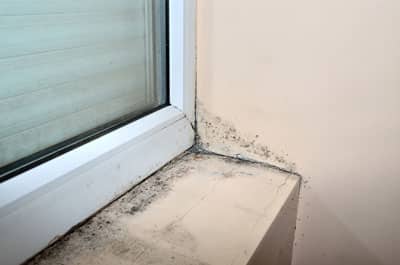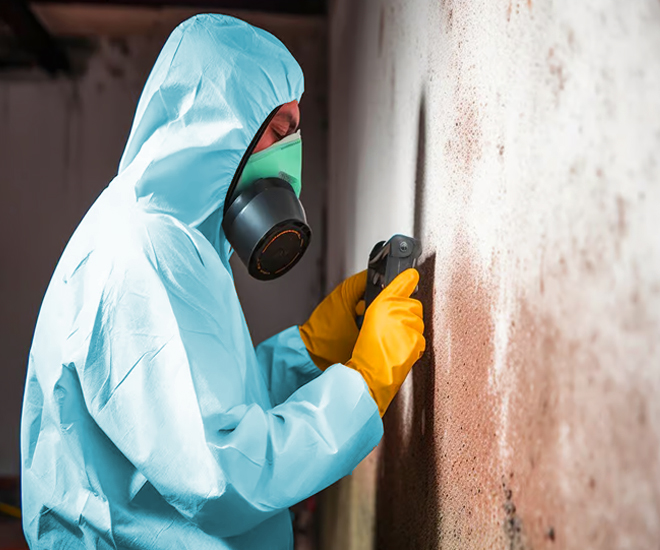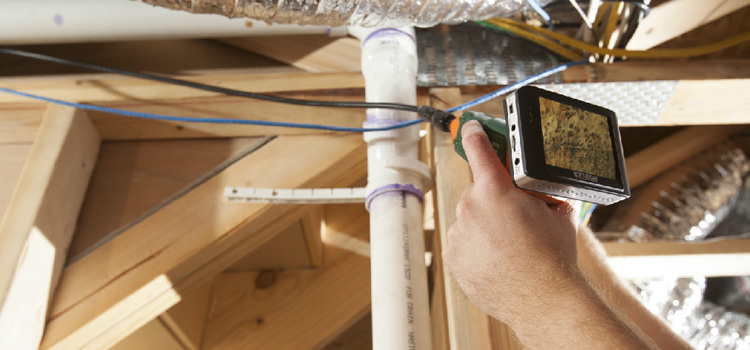Guidance on What to Do After Mold Remediation
Guidance on What to Do After Mold Remediation
Blog Article
Your Ultimate Guide to Message Mold And Mildew Removal Techniques
In the aftermath of mold infestation, knowing just how to successfully remove the mold and mildew and prevent its reoccurrence is vital for maintaining a healthy and balanced interior setting. From choosing the appropriate cleansing and sanitizing techniques to executing techniques for long-term mold and mildew avoidance, each action in the removal journey plays a critical duty in ensuring a successful outcome.
Recognizing Post-Mold Remediation Refine
After finishing the mold removal procedure, it is important to understand the post-mold remediation techniques that are needed to ensure a efficient and comprehensive cleaning. As soon as the mold has been eliminated, the following step involves cleansing and disinfecting the impacted areas to stop any type of regrowth of mold and mildew. This includes making use of specialized cleaning agents to clean down surface areas and kill any staying mold and mildew spores. It is important to dry the area totally to discourage the growth of mold and mildew in the future (Post Mold remediation cleaning). Appropriate ventilation and dehumidification can assist in this procedure.
In addition, performing a final evaluation post-remediation is vital to make sure that all mold has been effectively removed. This examination should involve a detailed visual check as well as potentially air tasting to validate the absence of mold spores airborne. If the evaluation discloses any type of lingering mold and mildew, extra remediation may be essential. Enlightening occupants on precautionary actions such as managing wetness degrees and immediately addressing any type of water leaks can assist preserve a mold-free atmosphere.
Reliable Cleaning Up and Sanitizing Methods

Avoiding Future Mold And Mildew Development

Importance of Appropriate Air Flow
Proper air flow plays a crucial duty in avoiding dampness build-up, a crucial element in mold growth within interior environments. Effective ventilation systems aid get rid of excess humidity from the air, minimizing the possibilities of mold and mildew spores locating the moisture they need to spread and sprout. Without adequate air flow, interior rooms can come to be a reproduction ground for mold and mildew, resulting in potential health threats and architectural damage.
By ensuring appropriate air blood circulation, air flow systems can also aid in drying wet areas quicker after water damages or flooding incidents, further preventing mold growth. Post Remediation Inspection near me. Precede like restrooms, basements, cooking areas, and attic rooms where moisture levels have a tendency to be greater, installing and preserving reliable ventilation systems is crucial in preventing mold infestations

Monitoring and Upkeep Tips
Given the important duty that appropriate ventilation plays in protecting against mold and mildew growth, it is important to develop reliable tracking and upkeep ideas to ensure the continued performance of air flow systems. Surveillance moisture degrees within the home is also critical, as high humidity can contribute to mold and mildew growth. By staying positive and attentive to the condition of air flow systems, residential or commercial property proprietors can properly alleviate the danger of mold and mildew regrowth and keep a healthy and balanced interior atmosphere.
Final Thought
In final thought, post-mold removal methods are necessary for making sure a tidy and risk-free setting. check this site out Understanding the procedure, applying reliable cleaning and sanitizing techniques, preventing future mold development, keeping go to my blog appropriate ventilation, and regular tracking are all critical actions in the remediation process. By following these standards, you can efficiently remove mold and mildew and prevent its return, promoting a healthy living or working space for all residents.
In the after-effects of mold problem, knowing just how to efficiently remove the mold and mildew and prevent its reoccurrence is critical for maintaining a healthy and balanced indoor environment. When the mold has actually been eliminated, the next step involves cleaning and decontaminating the impacted areas to prevent any kind of regrowth of mold and mildew - After mold remediation. After eliminating visible mold and mildew growth, it is critical to clean all surface areas learn the facts here now in the affected location to remove any staying mold and mildew spores. To additionally enhance mold and mildew prevention measures, it is essential to attend to underlying problems that originally led to mold growth.Offered the important duty that correct air flow plays in protecting against mold and mildew development, it is essential to establish reliable surveillance and upkeep tips to ensure the ongoing capability of ventilation systems
Report this page